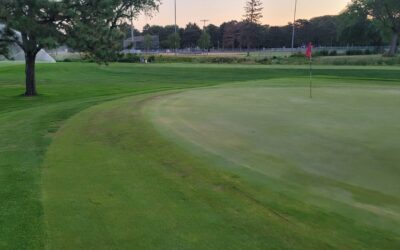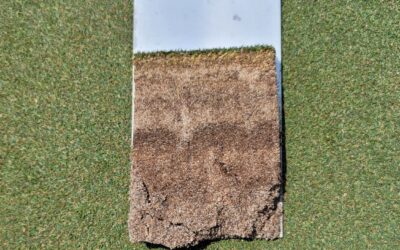GREENKEEPER BLOG
Revamped GreenKeeper University Enhances Flexibility
To add flexibility for students around the world, GreenKeeper University classes has moved to a self-paced, asynchronous, delivery system. Students gain immediate access to the course after they enroll and have no time limit to complete the course content.
A New Era in Wetting Agent Programming
There are literally hundreds of soil wetting agents in the turfgrass management industry. Some are marketed to retain water while others to move it. Some claim to increase surface firmness while others supposedly reduce firmness. Labeled re-application intervals range...
What are shapefiles anyways?
Geospatial data is becoming increasingly important to turf managers. These data link observations and measurements to specific locations (latitude/longitude). Examples include locating the position of pests and problem areas, mapping irrigation head and value...
GreenKeeper University Now Self-Paced
Advance your turf management knowledge at your pace with GreenKeeper University. Our team of renowned turfgrass professors, researchers and practitioners have moved to our courses to a 100% self-paced format. This means students can enroll in courses at any time and...
Measure & Predict Organic Matter in GreenKeeper
Management of soil organic matter (SOM) accumulation is a primary concern for turf managers. Cultivation practices including topdressing, aeration, verticutting and DryJect sand injection are used to manage SOM, but how often are these practices required? GreenKeeper App now support loss-on-ignition SOM determination at three different depths (OM246). Those results are then used to predict SOM accumulation over the next three years.
Realize the Power of Precision with GreenKeeper CIS
Superintendents and field managers need to hold a mental map of their property in their heads. They know which spots are first to wilt, where disease pressure is highest, and the locations of perennial pests requiring preventative treatment. Those observations are...






